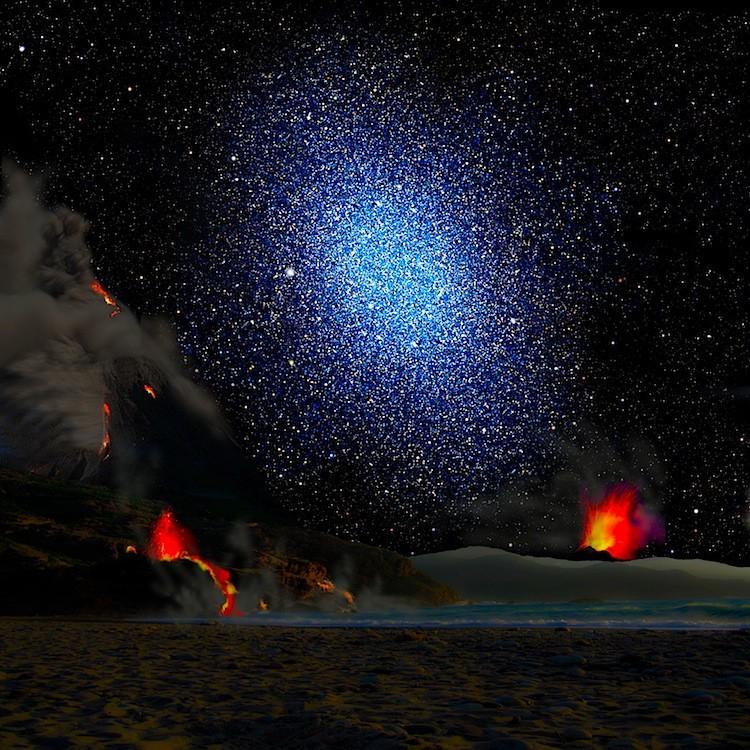Dark Matter Enigma Baffles Astronomers
The mysterious nature of dark matter has deepened further with a new study that shows it is uniformly distributed across several hundred light-years in two nearby dwarf galaxies—the Fornax and the Sculptor.
|Updated:






